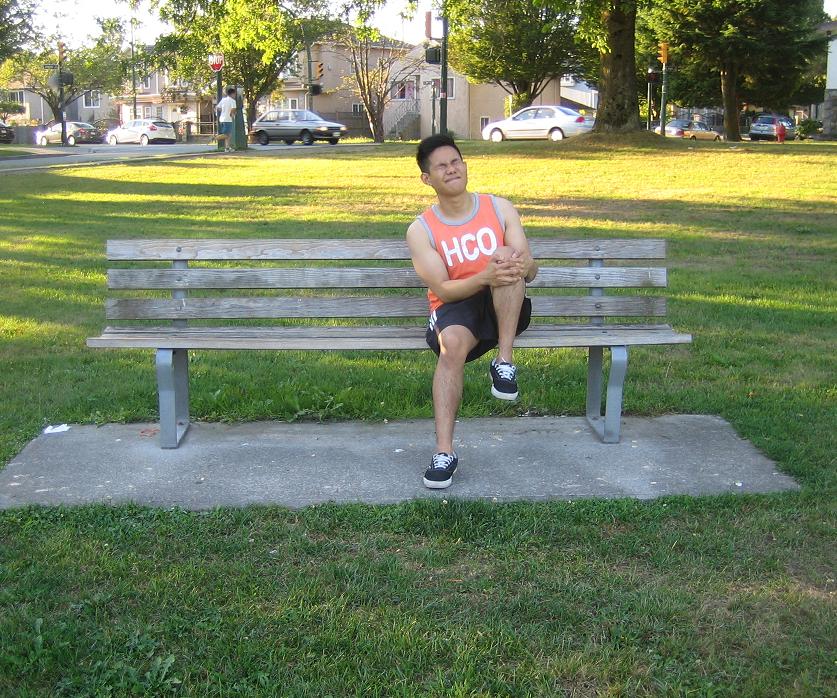Baker’s cyst or popliteal cyst is a sac with fluid or cyst found behind the knee joint that cause pain, tightness or stiffness of the knee. It becomes worse when moving the knee around or performing physical activities. An accumulation of synovial fluid which lubricates the knee joint can result to swelling and protrusion and development of a cyst at the back of the knee when pressure is applied.
[youtube url=”https://www.youtube.com/watch?v=XxD4_qk0GBA” width=”220″]Baker’s cyst can be caused by a condition affecting the knee joint such as arthritis or an injury to the cartilage. This condition does not result to long- term damage but it can be very uncomfortable. Women are more affected by baker’s cyst than men because women are more susceptible to develop osteoarthritis and rheumatoid arthritis, but people of any age can also be affected usually over 40 years of age.
Symptoms of baker’s cyst
- Pain in the knee and calf
- Swelling or lump behind the knee joint especially when standing.
- A click or buckle sound on the knee joint
- Buildup of fluid around the knee.
- The joint can become locked
Swelling or lump behind the knee joint when standing.
Treatment
- Take plenty of rest especially the affected knee at least 2 days. Avoid placing pressure on the knee joint while there is still pain.
- Apply an ice pack on the affected knee immediately after the injury to lessen swelling and inflammation around the area and also relieve the pain. Apply the cold compress at least 15-20 minutes at a time on the first day or two after the injury and make the area is warm before reapplying the compress. Avoid placing the ice pack directly on the skin to prevent frostbite and making the condition worse. Wrap the ice pack with a towel before applying on the area.
- Wrap the affected knee using an elastic bandage to lessen the swelling and stability of the knee. A trainer’s tape, brace or a piece of cloth is also useful for the condition. Avoid wrapping it too tight to prevent cutting off the blood circulation.
- Elevate the leg to lessen the swelling and proper circulation of blood in the area. When lying down, raise the leg using a couple of pillows above the level of the heart as high as long as it does not cause pain. If it is hard to raise the affected knee joint, keep it parallel to the ground.
- Take the prescribed over-the-counter pain and anti-inflammatory medications such as ibuprofen, acetaminophen, naproxen and aspirin to lessen the swelling and pain. Use these medications together with meals and water.
- Seek the help of a physical therapist for flexibility and strengthening exercises when rehabilitating the affected area as well as making the muscles and joints strong. These exercises prevent future stiffening and weakness of the surrounding muscles and joints.
FACT CHECK
https://www.medicalnewstoday.com/articles/184714.php
https://www.healthline.com/health/bakers-cyst
https://www.mayoclinic.org/diseases-conditions/bakers-cyst/symptoms-causes/syc-20369950


